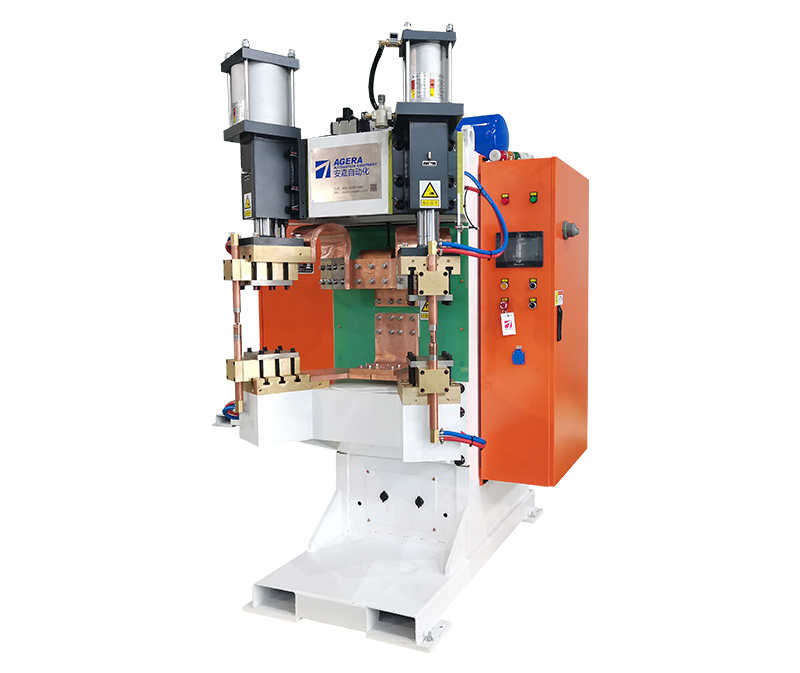Operating and Tuning Guide for Nut Spot Welding Machine
The nut spot welding machine is a versatile tool widely used in various industries for joining metal components efficiently. To ensure successful welding operations and achieve consistent and robust welds, it is crucial to follow proper operating procedures and conduct effective machine tuning. This article provides a comprehensive guide on operating the nut spot welding machine and essential tips for fine-tuning the equipment.
- Operating the Nut Spot Welding Machine:
Step 1: Preparations
- Ensure the machine is in good working condition and all safety features are operational.
- Check the power supply and ensure it meets the machine’s voltage requirements.
- Properly clean the welding electrodes to ensure good contact with the workpieces.
- Position the workpieces securely in the welding fixture.
Step 2: Power Up
- Switch on the machine and allow it to reach the desired operating temperature.
- Ensure that the welding electrodes are correctly aligned and ready for welding.
Step 3: Adjust Welding Parameters
- Set the appropriate welding time, welding current, and electrode force based on the material and thickness of the workpieces. Consult the welding parameter charts for guidance.
Step 4: Welding Process
- Lower the electrodes onto the workpieces and initiate the welding cycle.
- Maintain steady pressure during welding to achieve consistent and uniform welds.
- Observe the welding process carefully to ensure the desired weld quality is achieved.
Step 5: Post-Welding Inspection
- After each weld, inspect the weld joint for defects, such as incomplete fusion or porosity.
- Make necessary adjustments to welding parameters if any issues are identified.
- Machine Tuning and Calibration:
Step 1: Weld Quality Assessment
- Conduct sample welds on similar materials and thicknesses to evaluate the weld quality.
- Assess the weld bead appearance and integrity to determine if adjustments are required.
Step 2: Fine-Tuning Parameters
- Gradually adjust the welding time, welding current, and electrode force to optimize the weld quality.
- Keep a record of the changes made for reference during future welding operations.
Step 3: Calibration Check
- Regularly calibrate the machine to ensure accurate and consistent performance.
- Follow the manufacturer’s guidelines for calibration procedures.
Operating and tuning the nut spot welding machine require a systematic approach and attention to detail. By following the proper operating procedures and conducting thorough machine tuning, operators can achieve high-quality welds with excellent strength and integrity. Regular maintenance and calibration of the machine are essential to ensure its optimal performance over time. With these guidelines, operators can confidently use the nut spot welding machine to meet the welding requirements of various applications efficiently and effectively.
